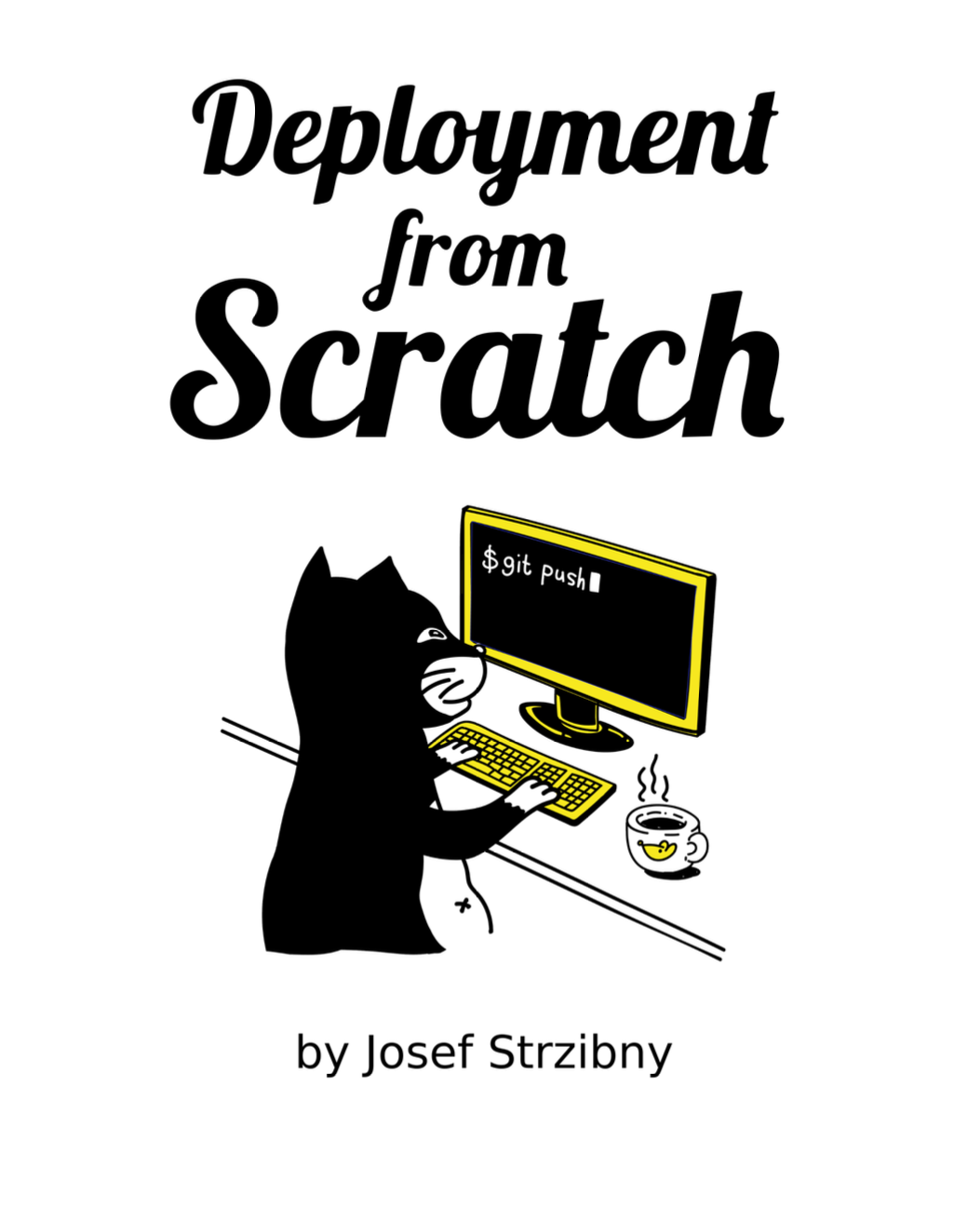This is an example of how to use the new InvoicePrinter Server that I announced recently to start invoicing from your Node.js projects.
Before we start writing any JavaScript let’s install invoice_printer gem and start the server that will generate the final PDF for us:
$ gem install invoice_printer --version 1.2.0.alpha1
$ invoice_printer_server
Once we have that in place we can start out with specifying the actual invoice object (in form of JSON):
const invoice = {
"number": "NO. 198900000001",
"provider_name": "John White",
"provider_tax_id": "",
"provider_tax_id2": "",
"provider_street": "5th Avenue",
"provider_street_number": "1",
"provider_postcode": "747 05",
"provider_city": "NYC",
"provider_city_part": "",
"provider_extra_address_line": "",
"purchaser_name": "Will Black",
"purchaser_tax_id": "",
"purchaser_tax_id2": "",
"purchaser_street": "7th Avenue",
"purchaser_street_number": "1",
"purchaser_postcode": "747 70",
"purchaser_city": "NYC",
"purchaser_city_part": "",
"purchaser_extra_address_line": "",
"issue_date": "05/03/2016",
"due_date": "19/03/2016",
"subtotal": "$ 1,000",
"tax": "$ 100",
"tax2": "",
"tax3": "",
"total": "$ 1,100",
"bank_account_number": "156546546465",
"account_iban": "",
"account_swift": "",
"items": [
{
"name": "Programming",
"quantity": "10",
"unit": "hr",
"price": "$ 60",
"tax": "$ 60",
"tax2": "",
"tax3": "",
"amount": "$ 600"
},
{
"name": "Consulting",
"quantity": "10",
"unit": "hr",
"price": "$ 30",
"tax": "$ 30",
"tax2": "",
"tax3": "",
"amount": "$ 300"
},
{
"name": "Support",
"quantity": "20",
"unit": "hr",
"price": "$ 15",
"tax": "$ 30",
"tax2": "",
"tax3": "",
"amount": "$ 330"
}
],
"note": "This is a note at the end."
}
As you can see, creating one is pretty straightforward. After that we just need to send one request to get PDF version. In the following example I will also save the final PDF on disk.
const http = require('http');
const fs = require('fs');
// Prepare the JSON in the expected format
const postData = JSON.stringify({
"document" : invoice
});
// Prepare POST options such as correct headers
const postOptions = {
host: 'localhost',
port: '9393',
path: '/render',
method: 'POST',
headers: {
'Content-Type': 'application/json'
}
};
const postRequest = http.request(postOptions, (resp) => {
let data = '';
resp.on('data', (chunk) => {
data += chunk;
});
// Save the PDF if everything went okay
resp.on('end', () => {
response = JSON.parse(data);
if (response["data"]) {
const pdf = Buffer.from(response["data"], 'base64');
fs.writeFile("invoice_from_node.pdf", pdf, function(err) {
if(err) {
return console.log(err);
}
console.log("The file was saved!");
});
} else {
console.log("Error: " + response["error"])
}
});
}).on("error", (err) => {
console.log("Error: " + err.message);
});
postRequest.write(postData);
postRequest.end();
And that’s how you can generate invoices from Node.js with a little help from Ruby :).
Check out my book
Deployment from Scratch is unique Linux book about web application deployment. Learn how deployment works from the first principles rather than YAML files of a specific tool.

